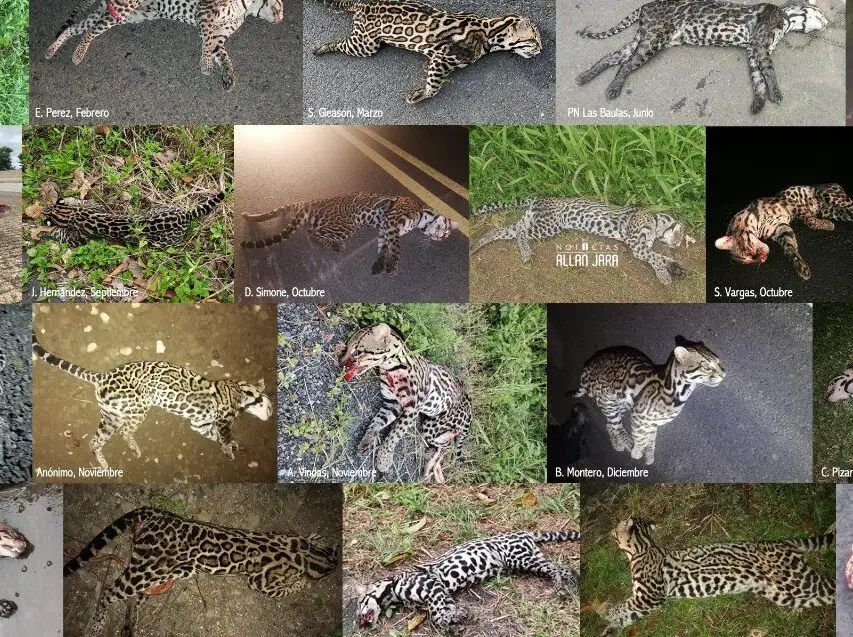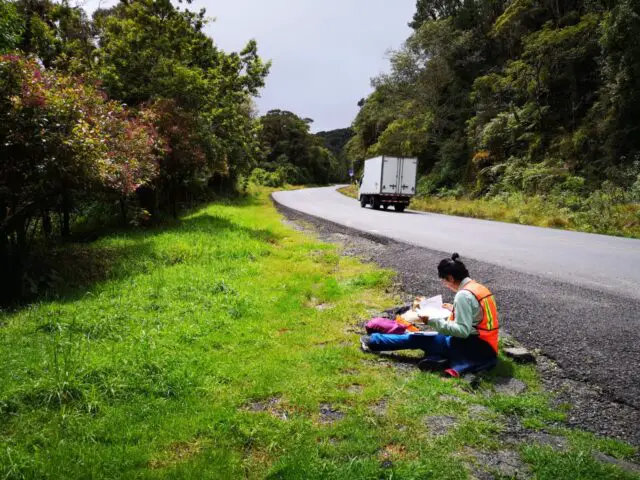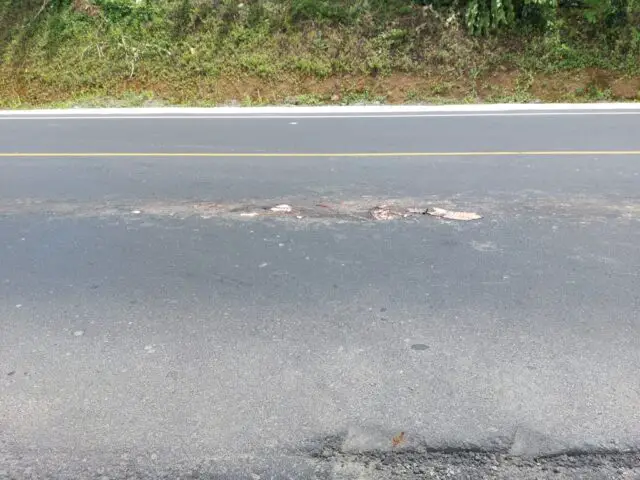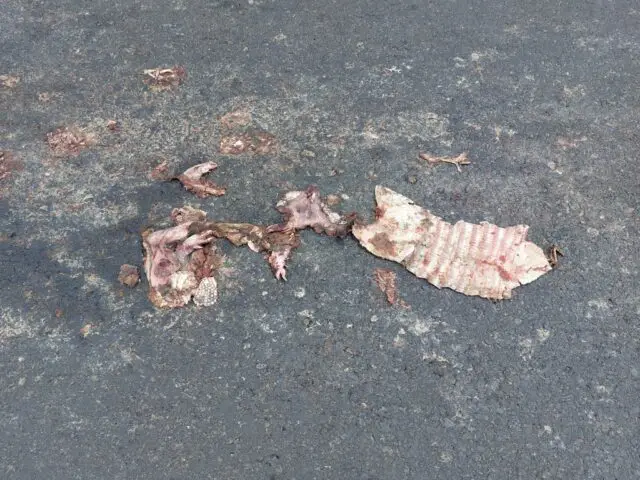Daniela Araya-Gamboa wakes before dawn and heads to work in a reflective vest. A grim and dangerous task, her mission is to count animal corpses in the harsh landscape that characterizes many Costa Rican highways.
Araya-Gamboa is one of ten pioneering women from Panthera, the Ministries of Environment and Transportation, the Wildlife Friendly Roads Group (VAVS) and other NGOs who have collaborated since 2012 to monitor and reverse the loss of wild lives on Costa Rica’s roads. They are buttressed by a network of citizen scientists who report animal crossings and deaths with the help of Whatsapp and iNaturalist, an app that facilitates roadkill reporting.
Now, astounding findings from Costa Rican scientists indicate that over 16,000 wild animals have been killed by collisions with cars in the last decade alone on a portion of roads in Costa Rica. Nearly 500 of them were wild cats, species whose survival is critical to the health of the country’s ecosystems supporting human communities and biodiversity. Last year alone, nearly 50 wild cats lost their lives, and 4,000 animals are expected to be road-killed on just 6 kilometers of roads in Costa Rica each year.

These statistics might be shocking to find from a country considered to set the bar for wildlife conservation, with a thriving ecotourism industry bringing in more than $1.4 billion USD a year. Yet, the country’s biodiversity faces a curious threat: Costa Rica is inundated with more than 44,316 km of roads — the highest density in Central America. This poses an existential threat to its wildlife due to habitat fragmentation and vehicular collisions.
To date, the country has implemented 40 underpasses, along with many arboreal crossings and wildlife crossing signs. But Costa Rica still lacks explicit legislation requiring protective measures for wildlife on Costa Rica’s vast road network. This must change. To avoid the precipitous loss of the country’s heralded biodiversity treasured by our country men and women and the world alike, a first ever national infrastructure policy must be established that proactively protects wildlife on both new and existing roadways.

Encouragingly, new momentum at the government level could change the future of the country’s wildlife. To bring attention to wildlife road victims, on July 4th of last year on National Wild Cat Day, Costa Rica commemorated a Day of Mourning for all wild cats lost to roadkills. On this day, government representatives, academics, NGOs and wildlife rescue centers are now joining together to shine a spotlight on the impact of Costa Rica’s roads on wild cats. Thus far, the greatest achievement of this day has been the proposal of an Ecosystem Reconnection Plan for the country, which, if enacted, will coordinate national protective wildlife measures for new roads and increasing protective measures for existing and rural roads.

Of course, it is imperative that Costa Rica’s communities are given access to infrastructure, and this goal can absolutely be achieved while also minimizing the impact on the country’s ecosystems and at-risk animal populations. For proof, look no further than the Caribbean community of Siquirres, where the Reventazón Dam and hydroelectric power project built by the Instituto Costarricense de Electricidad (ICE) serves as an international model for economic development and associated biodiversity mitigation initiatives.

After the Panama Canal, the Reventazón dam serves as the largest public infrastructure project in Central America that allows Costa Rica to rely almost entirely on renewable power for electricity. One hang up is that the Reventazón project lies in the “the Path of the Jaguar,” thus threatening to isolate regional wildlife populations.
Thus far, however, the project’s biodiversity action plan is making good on its commitment to take actions that achieve a “net gain” in biodiversity and maintain connectivity between wildlife populations surrounding the project. A camera trap survey monitoring wildlife before and after flooding of the reservoir suggests that the activity did not have a large effect on the local mammal community. Reforesting land surrounding the reservoir and providing incentive payments for individuals preserving forest on their land are also top priorities.
While the Reventazón initiative is evidence that infrastructure developments can do much more to mitigate their impact on wildlife, to this day, the country is still desperately in need of a national policy protecting wildlife from dangerous roadways – both existing and those deemed for the days ahead.
As we prepare to celebrate another Earth Day on April 22nd, we must keep in mind that it is only with the implementation of strategies such as these that we can ensure that the jaguar, ocelot and other species emblematic of our Earth and country’s spirit live on forever, for the good of all biodiversity and the people of Costa Rica. It is only with strategies such as these that scientists and citizen scientists can shift from counting the roadkilled remnants of wildlife to the far more joyous counting of the living, thriving and extraordinary species of our wild country.
The entire content of this email message is confidential. This also applies to any files attached to it. This email is intended for an individual or entity to whom they are addressed. In case you are not the addressee of this email, and you have received it in error, immediately contact the system manager. The information in this email is very sensitive, and it is intended for the specific addressee. This email should not be disseminated, distributed or copied. If you have received this email and it was not for you, make sure to immediately notify the sender by email and afterward delete this email from your system. Disclosing, copying, distributing, or taking any action in reliance to the email content is strictly prohibited.

